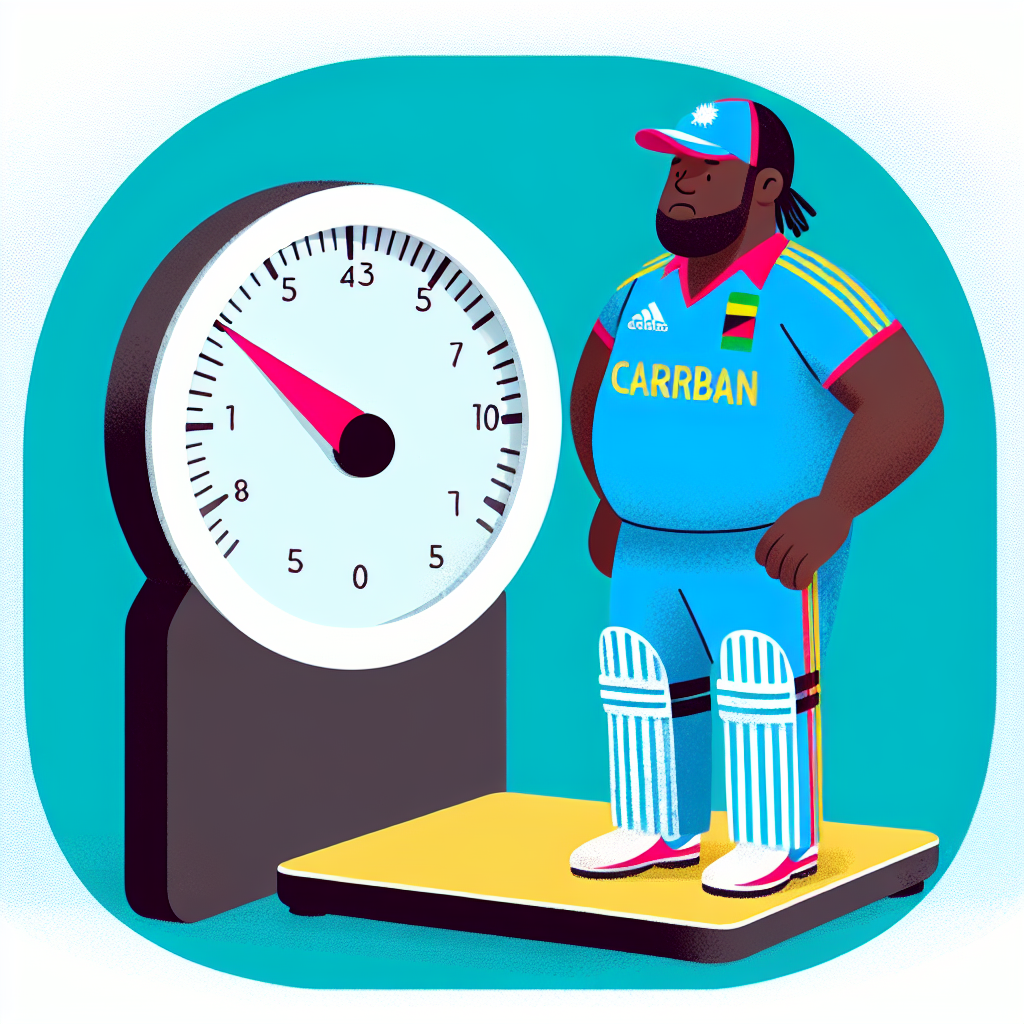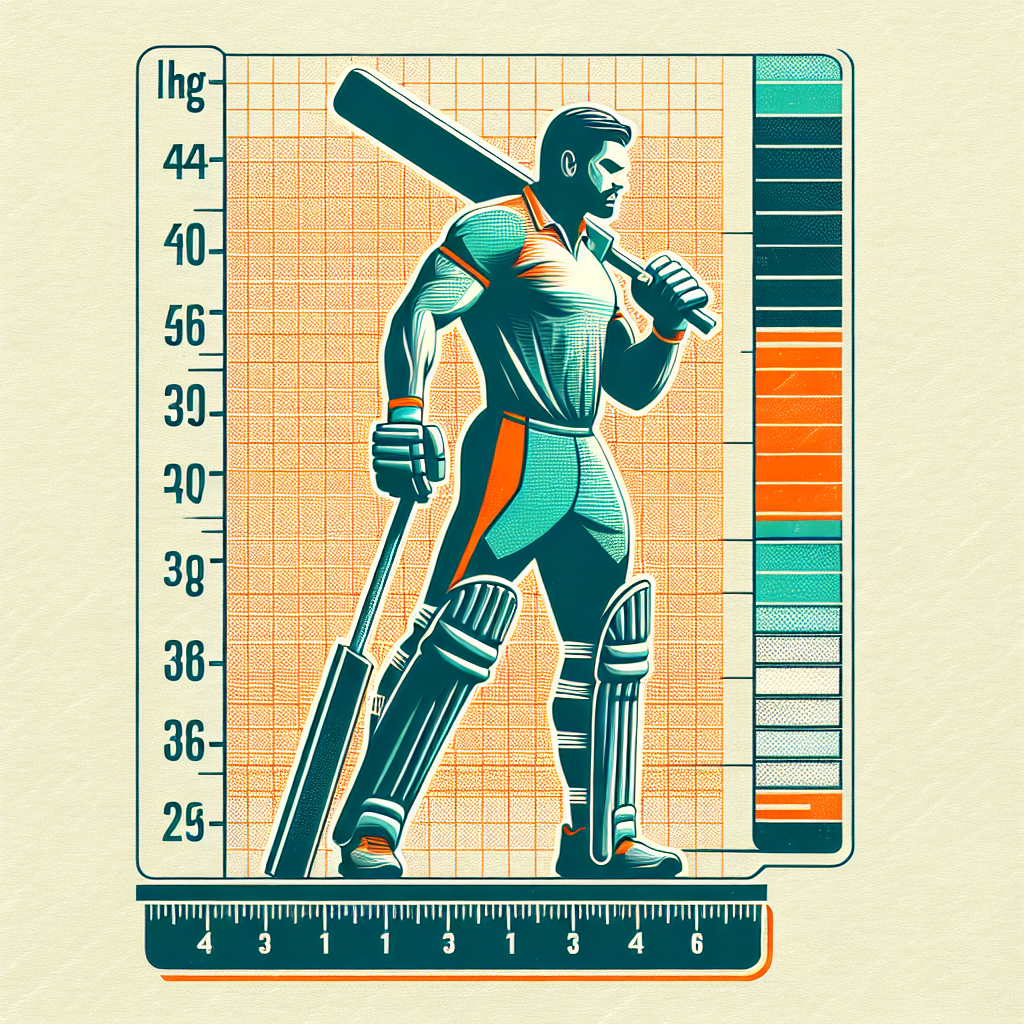Understanding Rahkeem Cornwall’s Weight: A Comprehensive Analysis

Rahkeem Cornwall, a name that resonates with cricket enthusiasts worldwide, is not just known for his exceptional skills on the field but also for his distinctive physique. Standing tall at 6 feet 6 inches, Cornwall’s weight has often been a topic of discussion and intrigue. This article delves into the details of Rahkeem Cornwall’s weight, its implications on his cricketing career, and the broader conversation around athletes and body image.
Who is Rahkeem Cornwall?
Before diving into the specifics of his weight, it’s essential to understand who Rahkeem Cornwall is. Born on February 1, 1993, in Antigua, Cornwall is a professional cricketer who plays for the West Indies. Known for his off-spin bowling and hard-hitting batting, he has made significant contributions to his team in both domestic and international cricket.
Rahkeem Cornwall’s Weight in Kilograms
Rahkeem Cornwall’s weight has been a subject of much speculation and discussion. As of the latest reports, Cornwall weighs approximately 140 kilograms (about 308 pounds). This weight is considerably higher than the average cricketer, which has led to both criticism and admiration from fans and analysts alike.
The Impact of Weight on Performance
In sports, an athlete’s weight can significantly impact their performance. However, the relationship between weight and athletic ability is not always straightforward. Let’s explore how Cornwall’s weight influences his game.
Advantages
- Power Hitting: Cornwall’s weight contributes to his ability to hit the ball with immense power, making him a formidable batsman.
- Bowling Strength: His physique allows him to generate significant force in his deliveries, adding to his effectiveness as a bowler.
- Presence on the Field: His size can be intimidating to opponents, providing a psychological edge.
Challenges
- Agility: Higher weight can affect agility and speed, which are crucial in fielding and running between the wickets.
- Endurance: Maintaining stamina over long periods can be challenging with a heavier build.
- Injury Risk: Increased weight can lead to a higher risk of injuries, particularly in the joints.
Case Studies: Athletes with Unique Physiques
Rahkeem Cornwall is not the only athlete whose physique has sparked conversation. Several other sports personalities have defied conventional body standards to achieve success.
Shaquille O’Neal
The legendary basketball player Shaquille O’Neal, standing at 7 feet 1 inch and weighing over 147 kilograms (325 pounds) during his career, dominated the NBA with his size and skill. His weight was often seen as an asset, allowing him to overpower opponents in the paint.
Sumo Wrestlers
In sumo wrestling, weight is a critical factor for success. Wrestlers often weigh over 150 kilograms (330 pounds) and use their mass to gain an advantage over opponents. This sport highlights how weight can be strategically used in athletic competition.
The Broader Conversation: Weight and Body Image in Sports
The discussion around Rahkeem Cornwall’s weight is part of a larger conversation about body image in sports. Athletes are often expected to conform to specific body standards, which can lead to undue pressure and scrutiny.
Changing Perceptions
There is a growing movement towards accepting diverse body types in sports. Organizations and fans are beginning to recognize that athletic ability is not solely determined by weight or appearance.
Health Over Aesthetics
Emphasizing health and performance over aesthetics is becoming increasingly important. Athletes like Cornwall demonstrate that success can be achieved with various body types, challenging traditional norms.
Conclusion: Embracing Diversity in Athletics
Rahkeem Cornwall’s weight, while often a topic of debate, is just one aspect of his identity as a cricketer. His achievements on the field speak volumes about his talent and dedication. As the sports world continues to evolve, embracing diversity in body types will be crucial in fostering an inclusive environment for all athletes.
In conclusion, Rahkeem Cornwall’s story is a testament to the fact that athletic prowess comes in many forms. By focusing on skill, performance, and health, rather than conforming to traditional body standards, athletes can continue to break barriers and inspire future generations.


